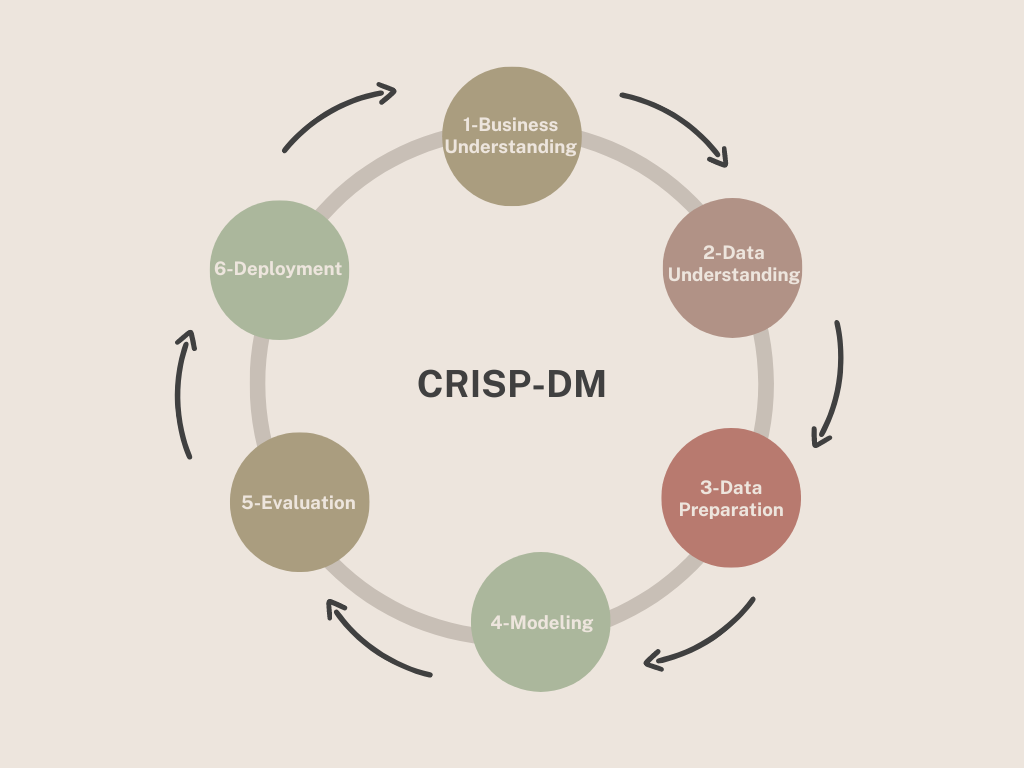If you're a data scientist, chances are you're familiar with the CRISP-DM methodology. CRISP-DM stands for Cross-Industry Standard Process for Data Mining, and it's a process that's used by data scientists to structure data science projects. In this blog post, we'll take a look at what the CRISP-DM methodology is, how it's used, and whether or not it's the gold standard for data science projects.
What is the CRISP-DM Methodology?
The CRISP-DM methodology is a process that's used by data scientists to structure data science projects. It was developed in the late 1990s by a consortium of companies in the fields of business intelligence and data mining, and it's since been adopted as the standard approach to structured problem-solving in data science.
The CRISP-DM methodology consists of six steps:

- Business Understanding: In this step, the data scientist works with the business stakeholders to understand the problem that needs to be solved. This involves identifying the goals of the project and determining which metrics will be used to evaluate success.
- Data Understanding: In this step, the data scientist explores the dataset to get a better understanding of its contents and structure. This involves identifying patterns and trends in the data, as well as any potential problems that could impact the modeling process.
- Data Preparation: In this step, the data scientist cleans and transforms the dataset so that it can be used in the modeling process. This might involve dealing with missing values, outliers, or incorrect values.
- Modeling: In this step, the data scientist builds models to solve the problem at hand. This might involve using supervised learning techniques to build a predictive model or using unsupervised learning techniques to cluster data points.
- Evaluation: In this step, the data scientist evaluates the performance of their models and compares them against each other. This helps to determine which model is best suited for solving the problem.
- Deployment: In this step, the data scientist puts their chosen model into production so that it can be used by stakeholders to make decisions. This might involve creating an API or deploying a machine learning model on a server.
So there you have it—an overview of the CRISP-DM methodology and how it's used in data science projects. While some people argue that there are better methods out there for structuring projects (e.g., Agile), there's no denying that CRISP-DM is still widely used—and for good reason! It's a well-defined process that helps ensure that all aspects of a project are given due consideration before moving on to modeling (which is often where things can go wrong). So if you're working on your next data science project, consider using CRISP-DM—it just might help you avoid some common pitfalls!
To learn more about CRISP-DM, check this very good article: https://www.datascience-pm.com/crisp-dm-2/
